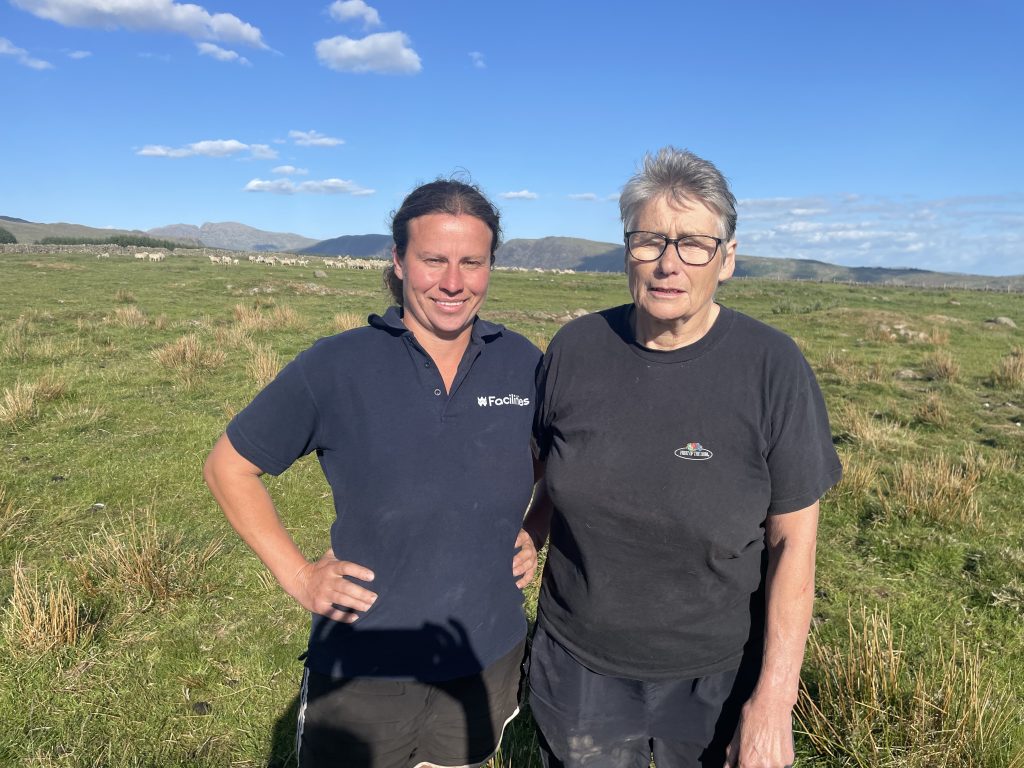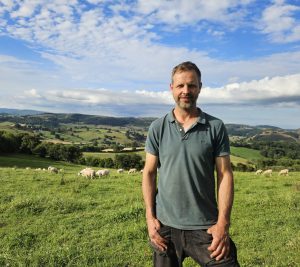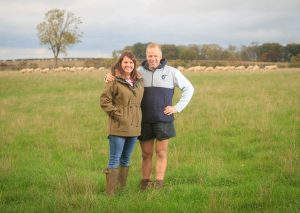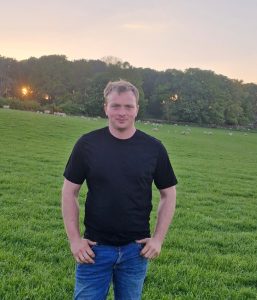with thanks to Isabelle and Charlotte Ostle and their family
“Keep an open mind, don’t be afraid to try new things,” says Charlotte Ostle sharing one of her take homes on returning to help develop the family’s Cumbrian farming business after spells working in Australia and New Zealand.
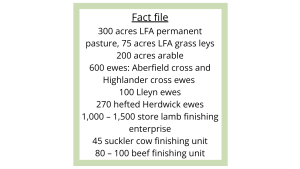
“We farm a hard LFA unit rising to 460m’ and exposed to the elements based at Wellington, Gosforth on the western edge of the Lake District, and we were searching for an easily managed sheep breed that could help us to not only maximise output per ewe, but also per area farmed on our upland unit. We had an opportunity while Innovis genetics were relatively new to this region, to try a Primera ram on a hire system. He and his lambs did exceptionally well.
“Innovis gives us a choice of rams to suit our system, and they’ve all proved to do what they say they’ll do. We’ve invested in a mix of Aberfield SR and Highlander maternal genetics; our A flock is bred for replacement purposes and the reminder B flock crossed to the Primera or Abermax meat sire,” explains Charlotte who farms with her mother Isabelle, her partner Linus Schueler, with help from sister Elizabeth Ostle and partner, Simon Winder.
“We introduce one tup to between 70 and 100 ewes and this season the flock scanned between 170% to 180% which is enough and 90% lambed within the first cycle. Singles and hoggs are lambed outdoors, everything else is indoors for practical reasons influenced by the wet and windy weather and grass availability. The ewes easily lamb themselves, but yes, we do check them through the night simply because they come so thick and fast. The ewes are very milky with shapely udders and the lambs are lively and soon up to suck.
…nowadays we no longer have to deal with poor genetics such as inturned eyelids, poor confirmation, and best of all we’ve 90% less prolapses
“Furthermore, nowadays we no longer have to deal with poor genetics such as inturned eyelids, poor confirmation, and best of all we’ve 90% less prolapses. Also the Highlander ewe is maturing at an average 65kg, that’s 15% less than previous which makes for easier handling and the potential to increase stocking rate; in fact we’re producing the same number of lambs from a smaller sheep,” says Charlotte.
Turn the clock back to 2001 prior to which the Ostles bred Mule gimmers, Herdwicks and Cheviots however post FMD they restocked with pure Lleyns and expanded to a 500-ewe closed flock. “We got on well with the breeder until our good source of rams was no longer available and we ended up breeding ewes with serious issues,” Isabelle explains. “Charlotte also did a long-distance post grad diploma in sustainable livestock production with Aberystwyth University and heard a lot of positives about Innovis genetics so when H&H staged an auction to mark the launch of a new scheme, we tried a Primera ram.
“We ran him with 80 Lleyn ewes, 79 were in lamb, they proved easy to lamb and the lambs were fast growing reaching saleable weights with 12 to 20 weeks,” she said, and the rest is history.
The flock is April lambed and seven days on turned out set stocked, and from six week introduced to a loose rotational grazing system. “We wean at 12 weeks and start to draw at 16 weeks lambs having reached an average 21kg, KO at 45% to 50% and grading within the R3L spec,” Isabelle explains. “We store the average lambs on grass and stubble turnips until January finishing them over the next eight weeks using silage and our own barley plus a protein balancer.”
The Ostles commons grazing agreement requires them to keep the native Herdwick breed, draft ewes are put to the Abermax and they find the lambs grow and kill out just as well, if not better than the Aberfields.
“Post weaning the Innovis bred ewes are body condition scored and grazed appropriately until two to three weeks before tupping, most easily retain themselves in BCS 3. Similarly the tups, they thrive off grazed grass, we don’t even offer them silage.”
When it comes to ram selection, then Charlotte says its simply takes a call to Innovis. “We discuss our flock’s objectives and explain the preferred EBV traits including high growth rates and muscling and low fat. We like the set price system, what turns up tends to match our expectations while the genetics are consistently fit for purpose under our new regime. If there happens to be an issue, then we’re confident Innovis sorts.”
She adds: “We’re aware Innovis has large populations of sheep farmed commercially that come under huge selection pressure, there’s a mix of breeds to choose so it’s able to offer a tup to suit. We’re now moving on to invest in the Aberfield SR and Highlander to breed an even higher quality self-replacing flock and significantly contribute to sustainable enterprise.”
